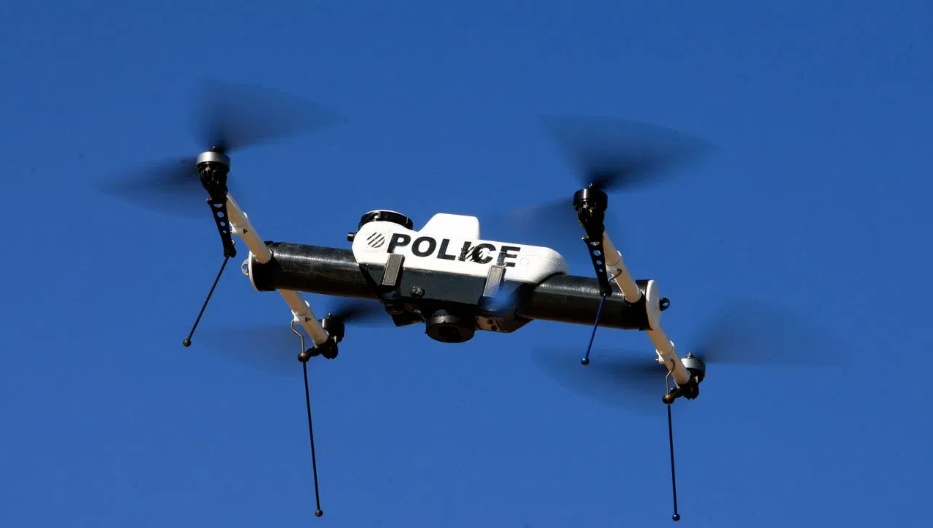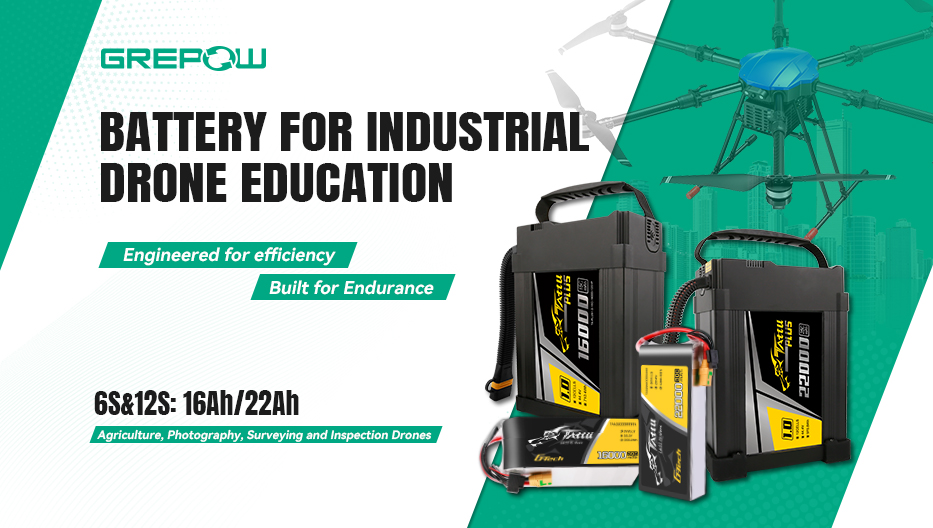What Are Police Drones Used For?
Police drones, also known as law enforcement drones, are unmanned aerial vehicles (UAVs) utilized by law enforcement agencies for various purposes. The integration of drone technology into law enforcement has revolutionized policing, providing new capabilities for surveillance, search and rescue, and crime scene investigations. This article explores the various aspects of police drones, including their uses, types, costs, legal considerations, and implications for privacy.
What Are Police Drones Used For?
●Police drones serve multiple functions in law enforcement, enhancing operational efficiency and safety. Key applications include:
●Search and Rescue: Drones can be deployed to locate missing persons, search for survivors in disaster zones, and assist in rescue operations.
●Surveillance: Drones equipped with cameras can be used to monitor crowds, track suspects, and gather evidence from crime scenes.
●Traffic Management: Drones can be used to monitor traffic patterns, identify traffic violations, and assist in accident investigations.
●Crowd Control: They help manage large gatherings and monitor for suspicious activities.
●Crime Scene Analysis: Drones provide aerial perspectives that aid in reconstructing crime scenes and documenting evidence.
What Drone Do the Police Use?
Police use various types of drones depending on their operational needs. Multirotor drones are the most common, used for surveillance, search and rescue, and crowd monitoring due to their ability to hover and maneuver easily. Fixed-wing drones are used for long-range surveillance and mapping, offering longer flight times. Hybrid VTOL drones combine the benefits of both multirotor and fixed-wing drones, providing vertical takeoff and landing capabilities with long-distance flight. Tethered drones remain in the air for extended periods by being connected to a power source, ideal for continuous monitoring. Finally, thermal imaging drones are equipped with thermal sensors to detect heat signatures, making them valuable for night operations, search and rescue, and tracking suspects. This diversity in drone technology enables law enforcement to improve response times and situational awareness during critical incidents. Common Police Drone product models include DJI Matrice 300 RTK, etc.

How Much Are Police Drones?
The cost of police drones varies significantly based on the features and capabilities of the model. Entry-level models may start around $1,000, while advanced systems with thermal imaging and high-resolution cameras can range from $10,000 to $30,000 or more. Factors like camera quality, flight time, payload capacity, and integrated technologies play a significant role in determining the price.
Do Police Drone and Law Enforcement Drone Refer to the Same Thing?
"Police drone" and "law enforcement drone" are often used interchangeably to refer to the UAVs employed by police departments for surveillance and investigative purposes. These terms refer to the same technology, designed to support law enforcement activities.
What Technologies Are Integrated Into Police Drones?
Police drones are equipped with several advanced technologies to enhance their functionality, including:
●High-definition Cameras: For live video streaming, surveillance, and evidence gathering.
●Thermal Imaging: To detect heat signatures, useful in search and rescue or monitoring criminal activity.
●GPS and RTK (Real-Time Kinematic): For precise location tracking and geospatial data gathering.
●AI and Computer Vision: To analyze patterns, track suspects, or identify objects of interest in real time.
●Real-Time Video Transmission: This technology allows drone operators to view live video feeds from the drone, enabling them to make real-time decisions.
What Are the Benefits of Using Drones for Law Enforcement?
The integration of drones into law enforcement brings several advantages, such as:
●Cost Efficiency: Drones can cover large areas quickly and with minimal manpower. Drones can quickly respond to incidents and gather evidence, saving time and resources. Drones can be less expensive to operate than traditional methods, such as helicopters.
●Enhanced Safety: Drones can be deployed in dangerous situations, reducing the risk to officers.
●Real-Time Intelligence: Drones provide immediate visual data, assisting officers in decision-making during critical situations.
●Versatility: Drones can be used in various applications, including surveillance, search and rescue, disaster response, and crime scene documentation.
●Real-Time Situational Awareness: Drones provide live feeds that assist officers in making informed decisions during critical incidents.
Are Police Drones Legal?
Police drones are legal in many countries, but they are subject to strict regulations. In the U.S., for example, the Federal Aviation Administration (FAA) sets rules for drone operations, requiring law enforcement agencies to obtain certifications and adhere to privacy laws. These regulations often require obtaining permits for specific operations and ensuring compliance with privacy laws.
How Do Police Drones Impact Privacy?
The use of drones by law enforcement raises concerns about privacy. Since drones can capture high-resolution images and videos from a wide area, there is the potential for surveillance that extends into private spaces. However, laws typically require law enforcement to have a warrant or probable cause before using drones for invasive surveillance, particularly over private property.
Can Police Drones See Inside Your House?
Police drones cannot "see" inside a building without specialized equipment such as infrared or thermal imaging cameras. While thermal drones can detect heat signatures, they cannot provide detailed imagery of the interior of a house unless there is a significant temperature difference between the inside and outside. Most drone surveillance, however, is focused on public spaces.
How Do You Identify a Police Drone?
Identifying a police drone can be tricky, but some distinguishing features include:
●Size: Police drones are typically larger and more robust than consumer drones.
●Lights: Many police drones are equipped with strobe or flashing lights, particularly at night.
●Sound: Law enforcement drones often produce a noticeable hum or buzz during flight.
●Markings: Some police drones may have visible markings or logos identifying them as part of a law enforcement agency.
●Loudspeakers: Some are equipped with speakers to communicate with the public.
In conclusion, police drones represent a significant advancement in law enforcement capabilities. As drones become an increasingly important tool for law enforcement, their use continues to evolve, offering both new opportunities and challenges for the public and law enforcement alike. It's important to note that the use of police drones is a rapidly evolving field, and regulations and technologies are constantly changing. Understanding the capabilities and legal boundaries of police drones can help individuals and communities navigate the complexities of their implementation. As a global leading lipo battery manufacturer, Grepow offers high-energy-density semi-solid state batteries and UAV batteries for various police drones. If you have any questions or needs, please feel free to contact us at info@grepow.com.
Related Articles
-

What Is an Inspection Drone?
2025-04-21 -

What Is a Long Endurance Drone?
2025-04-16 -

Empowering Drone Training with Grepow’s Tailored Battery Solutions
2025-04-15
Related products
-

Tattu 6S 40Ah 22.8V 10C HV Lipo Drone Battery
-

Tattu 6S 16000mAh 30C 22.2V Lipo Drone Battery Pack
-

28000mAh 22.2V 6S Semi-Solid State Battery Pack


















































